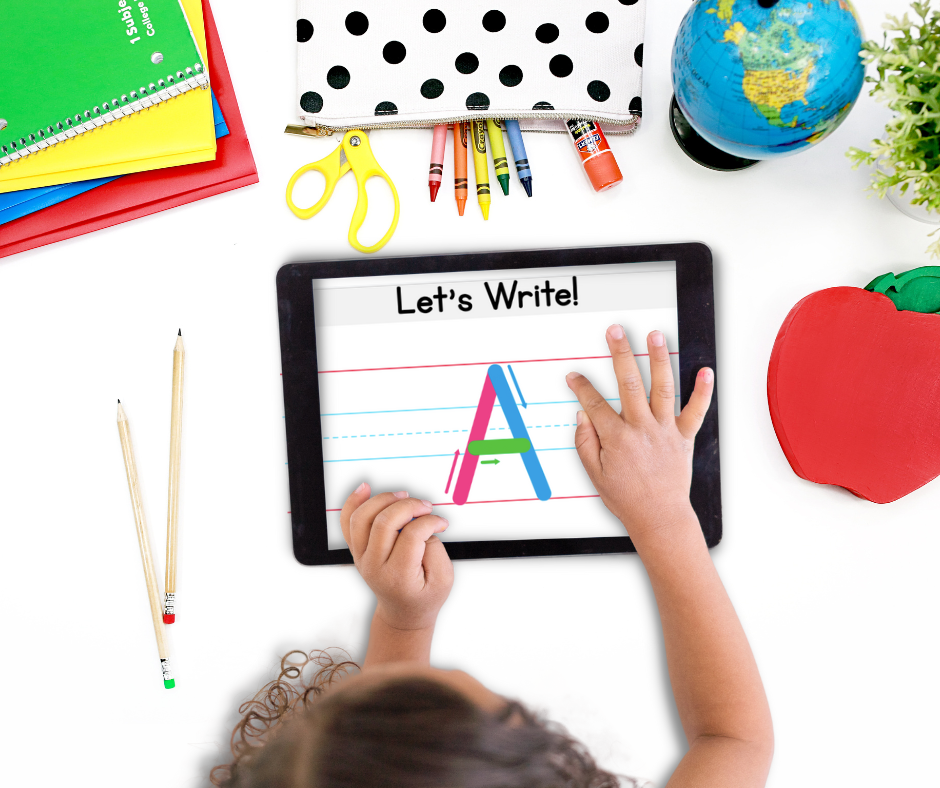
To teach and/or improve letter formation doesn’t have to be a chore. Teaching letter formation in Kindergarten is an essential skill for young learners and can be a fun and engaging process for both teachers and students.
In this blog post, we’ll explore the importance of letter formation, how to teach it using letter formation poems and rhymes.
We will also offer some exciting activities and resources to help your students master their letters.
Letter formation is the process of teaching children how to form and write each letter of the alphabet.
It’s crucial for Kindergarten teachers to incorporate letter formation activities, such as letter formation poems and rhymes, into their daily routines.
This will help students build a strong foundation in writing skills.
In addition to being a vital part of literacy development, learning proper letter formation can boost a child’s confidence and set them up for success in future academic pursuits.
Teaching letter formation in Kindergarten is essential for several reasons:
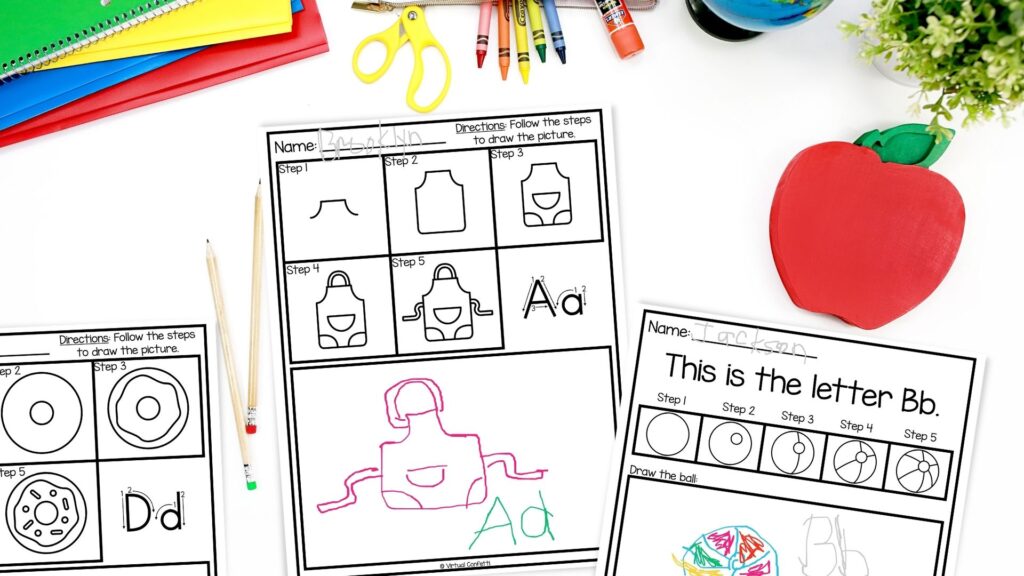
Here are some tips and techniques for teaching letter formation in Kindergarten:
A: “Around the apple, then away!”
B: “Down the big bat, then loop the ball twice.”
C: “Curve around like a little sea.”
D: “Down, up, and around like a dinosaur’s back.”
E: “Top line, middle line, then bottom we see.”
F: “Down the flagpole, cross it twice.”
G: “Around the globe, then tuck it inside.”
H: “Down the ladder, up, and around.”
I: “Down the icicle, then a dot on top.”
J: “Down, loop around, and dot it just right.”
K: “Down the kite, then out and in.”
L: “Down the long leg, across at the end.”
M: “Down, up, down, up like mountains high.”
N: “Down, up, and down like a zigzag line.”
O: “Around like an orange, circle complete.”
P: “Straight down, loop around like a pea.”
Q: “Around like a queen’s head, then kick out the leg.”
R: “Down, loop, then kick out like a rabbit.”
S: “Curve like a snake, then curve once more.”
T: “Across the top, then down like a tree.”
U: “Down, up, and around like a horseshoe.”
V: “Down a slide, then up the other side.”
W: “Down, up, down, up like waves in the sea.”
X: “Diagonal lines, crossing like a fox.”
Y: “Down, up, and down like a slingshot.”
Z: “Across the top, then zigzag to the bottom.”
These letter formation poems can help your students remember the proper formation of each letter while making the learning process enjoyable and engaging.
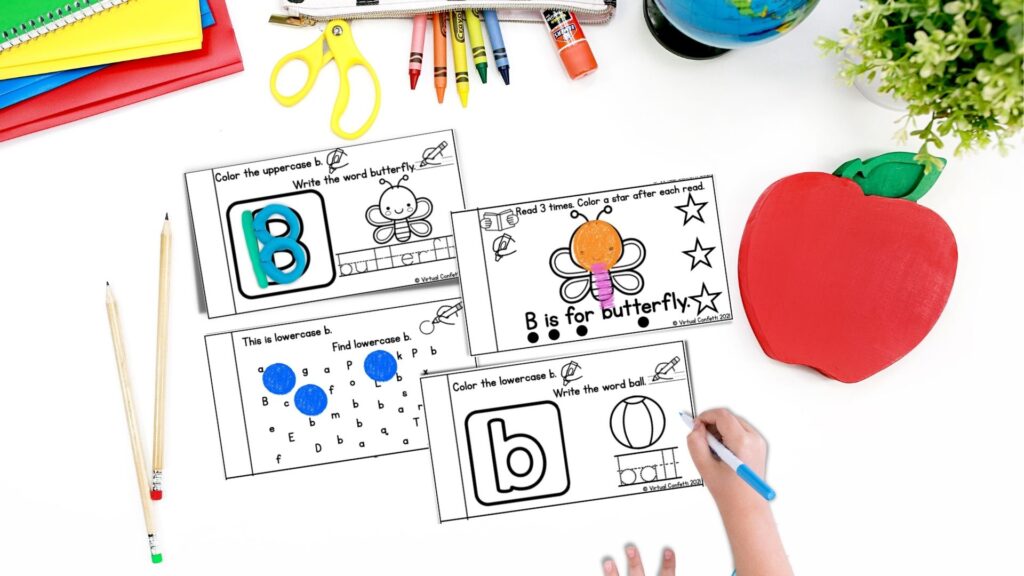
A: “A big round apple, it’s time to play,
Around and down, A is here to stay.”
B: “A bat and two balls, oh what a treat,
Down, loop, loop, B is now complete.”
C: “A crescent moon shining bright in the sky,
Curvy C is smiling, oh me, oh my!”
D: “Dinosaur’s neck, down and around,
A big circle, D is safe and sound.”
E: “Three little elves stand in a row,
Top, middle, and bottom, E is ready to go!”
F: “A flagpole tall, then two lines across,
F is flying high, it’s surely the boss.”
G: “A spinning globe, then a line tucked in,
G is ready for adventure, let’s begin!”
H: “Two ladder steps, then a bridge between,
H is standing tall, strong, and keen.”
I: “Icicle cold, with a dot on top,
I is straight and tall, it won’t ever flop.”
J: “J is a hook, with a dot to shine,
Loop around and up, J looks so fine.”
K: “A straight line down, a kick and a slide,
K is ready for action, side by side.”
L: “L is a leg, with a foot stretched out,
Straight down, then across, L stands stout.”
M: “Majestic mountains, up and down,
M is marvelous, it wears the crown.”
N: “A narrow path, down and up we go,
N is a zigzag, a mountain in snow.”
O: “A perfect circle, around we spin,
O is complete, let the fun begin!”
P: “Down the pole, loop a round head,
P is pretty and perfectly spread.”
Q: “A queen’s head, with a leg sticking out,
Q is quirky, without a doubt.”
R: “Rabbit hopping, down, loop, and kick,
R is really fantastic and quick.”
S: “A snake slithering, with curves so smooth,
S is superb, it has the right groove.”
T: “A tree branch, with a trunk so tall,
T is terrific, it won’t ever fall.”
U: “A horseshoe upside down, it’s true,
U is unique and perfect for you.”
V: “A valley so deep, down and up we climb,
V is victorious, every single time.”
W: “Wavy waters, up and down we sail,
W is wonderful, strong as a whale.”
X: “A crossing fox, with lines that meet,
X marks the spot, so clever and neat.”
Y: “A slingshot ready, to reach the sky,
Y is youthful, and so spry.”
Z: “Zooming zebra, zigzagging fast,
Z is zesty, it’s having a blast.”
These letter formation rhymes offer a creative way for your students to learn the proper formation of each letter while making the learning process enjoyable and engaging.
To help your students improve their letter formation skills, consider incorporating these fun letter formation activities into your lessons:
Developing a proper pencil grasp is an essential aspect of letter formation and writing in general. A good pencil grasp allows for better control, precision, and ease when writing. Here are some tips and activities to help your students develop a proper pencil grasp:
Introduce various pencil grip activities to help students practice and develop their grasp. Some examples of pencil grip activities include:
By incorporating pencil grasp development and pencil grip activities into your teaching, you can help students achieve a comfortable and effective pencil grip, setting them up for success in their writing and letter formation practice.
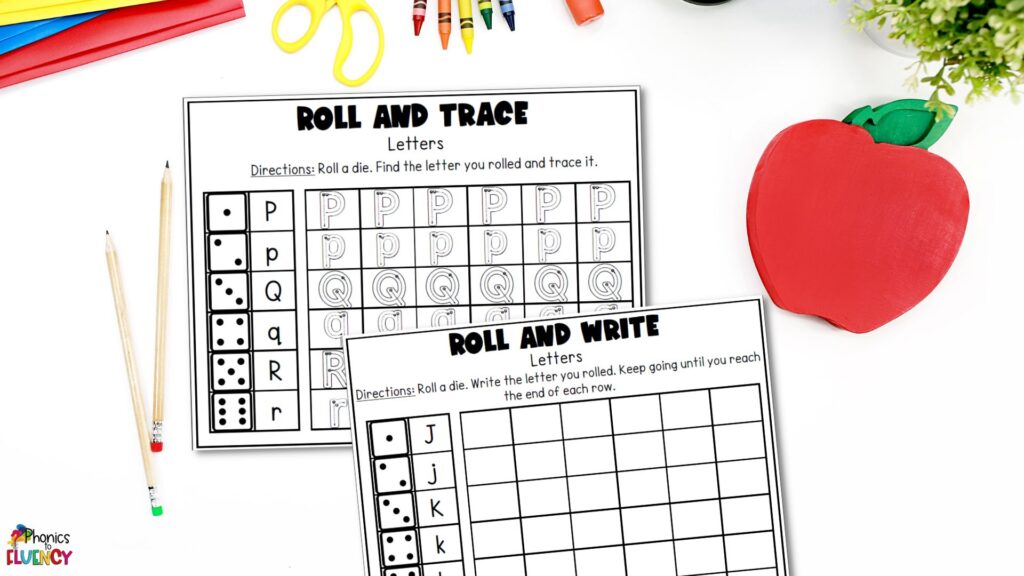
Once your students have mastered letter formation, it’s time to build on their newfound skills and continue their literacy journey. Here are some steps to take after your students have successfully learned letter formation:

Phonics to Fluency

It brings me so much joy creating high-quality, hands-on, research based Literacy and Math resources that are both engaging for students and save YOU time!

Let me give you some time back!
Just tell me where to send them…
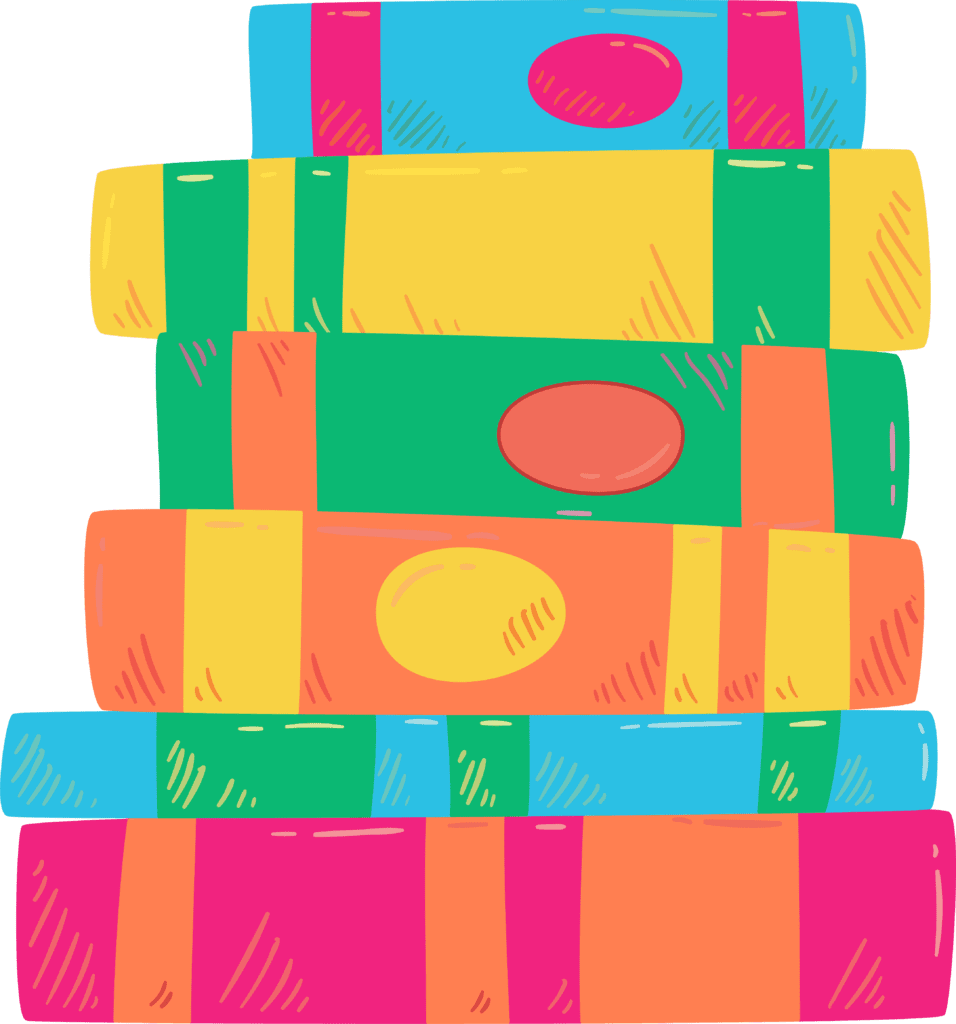

I’d love to connect and get to know more about you!
Join the Phonics to Fluency community and connect, collaborate, and grow alongside other dedicated K-1 teachers and homeschool parents in our exclusive Facebook group.
© 2023 PHONICS TO FLUENCY | ALL RIGHTS RESERVED | SITE DESIGN BY AMY REIS CREATIVE
Subscribe to get a coupon code for 15% off your first purchase. PLUS receive regular updates and offers in the Phonics to Fluency newsletter,